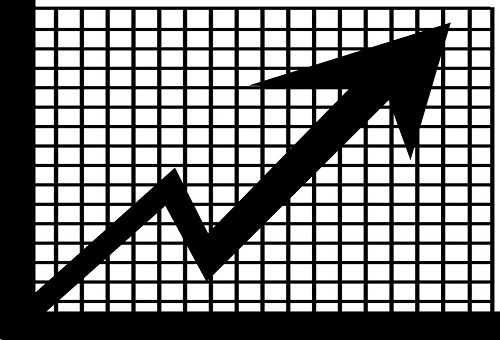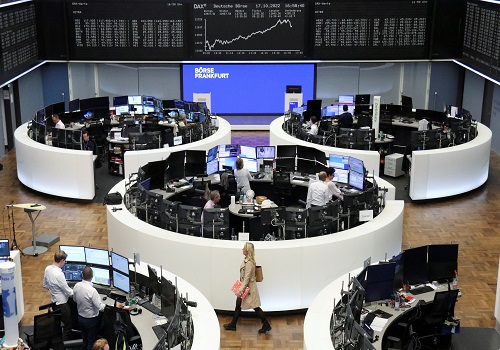US economic growth in Q4 revised up to 4.3%

Follow us Now on Telegram ! Get daily 10 - 12 important updates on Business, Finance and Investment. Join our Telegram Channel
The US economy grew at an annual rate of 4.3 per cent in the fourth quarter of 2020 in the third and final estimate, up from 4.1 per cent in the previous estimate, the US Commerce Department reported on Thursday.
The upward revision primarily reflected an upward revision to private inventory investment that was partly offset by a downward revision to non-residential fixed investment, the report showed, Xinhua news agency reported.
"Whether measured by Gross Domestic Product or by Gross Domestic Income, the economy has not yet completely crawled out of the pandemic-induced hole into which it tumbled a year ago," Jay Bryson and Shannon Seery, economists at Wells Fargo Securities, wrote in an analysis on Thursday.
"But, we expect the level of real GDP will surpass its pre-pandemic peak in the second quarter of this year," they said.
The US economy contracted 3.5 per cent in 2020 amid the Covid-19 pandemic, the largest annual decline of gross domestic product (GDP) since 1946, according to the department. It also marked the first negative annual growth in US GDP since 2009.
In 2019, real GDP increased by 2.2 per cent.
Amid Covid-19 shutdowns, the US economy shrank at an annual rate of 5 per cent in the first quarter of 2020, ending a decade-long economic expansion after the 2008 global financial crisis.
Then the economy went into free fall, dropping at a revised annual rate of 31.4 per cent in the second quarter amid mounting Covid-19 fallout.
As businesses gradually reopened, the economy saw a robust rebound in the third quarter of 2020, expanding at a revised annual rate of 33.4 per cent.
In the fourth quarter, US economic recovery slowed amid a surge in Covid-19 cases and lengthy delay in fiscal support.
The increase in real GDP in the fourth quarter reflected increases in exports, non-residential fixed investment, personal consumption expenditures, residential fixed investment, and private inventory investment, that were partly offset by decreases in state and local government spending as well as federal government spending, the official report showed. Imports, which are a subtraction in the calculation of GDP, increased.

























